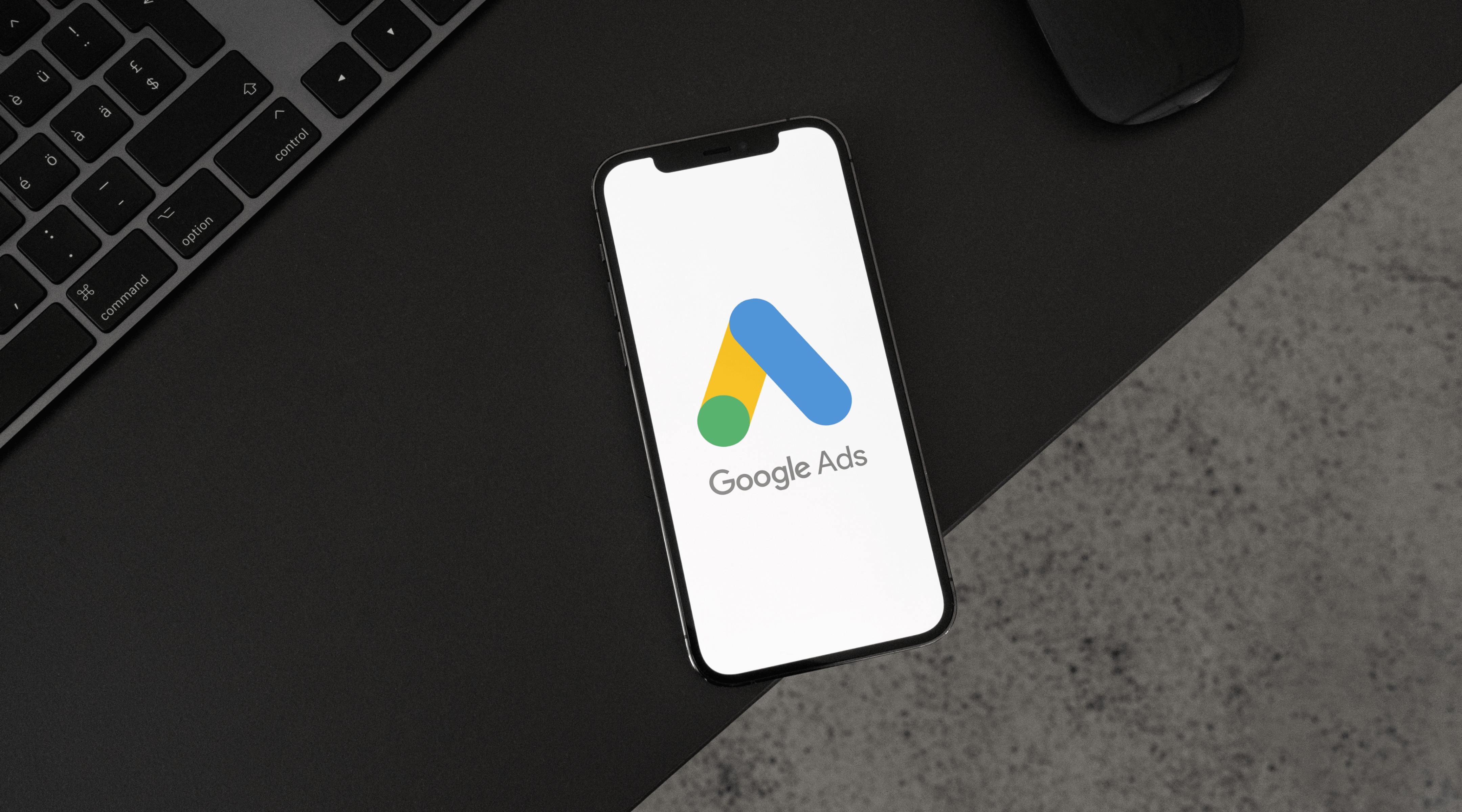Tips in successful collaboration between a client and designers
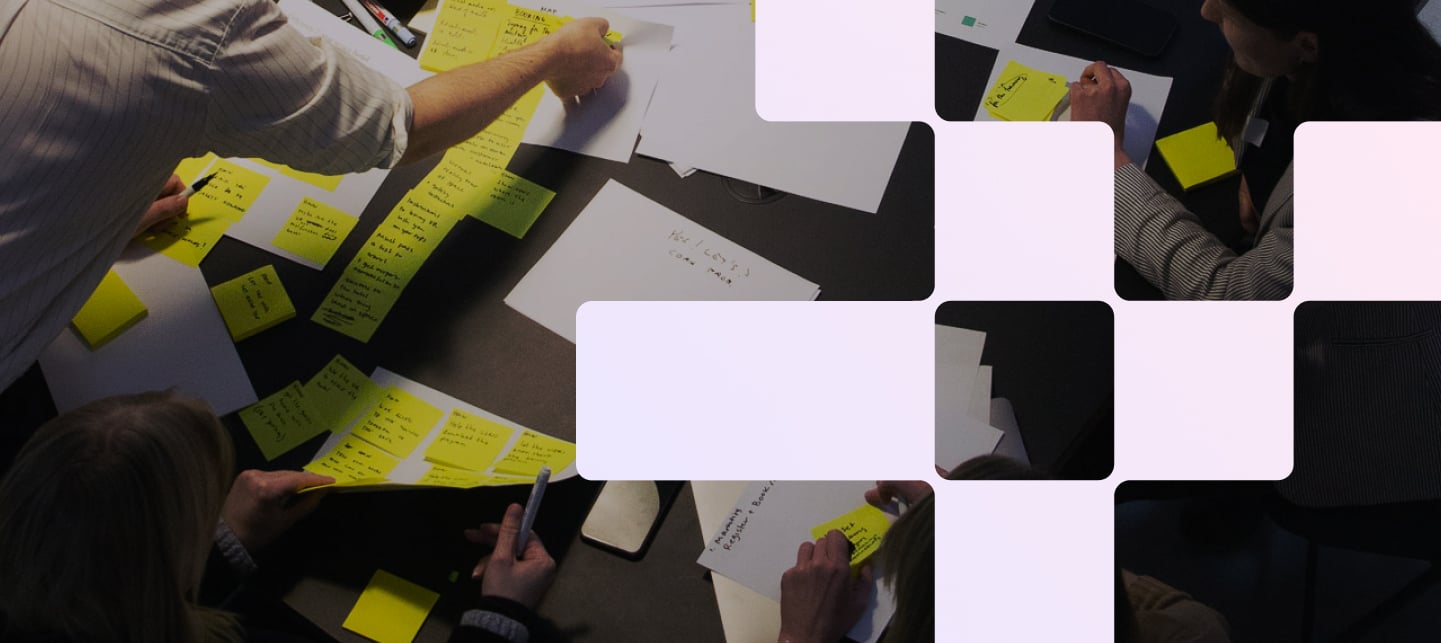
Some time ago I had a pleasure of visiting Latvian Chamber of commerce and industry's organised seminar about a workshop facilitation method that I haven't heard of before. This seminar was an amazing preview of how important is visual communication to successfully describe your own ideas to colleagues or clients
Literally playing
LEGO® SERIOUS PLAY® is a workshop facilitation method that first was developed by The Lego Group and since the year 2010 it's open source and available to anyone. Its goal is to improve creative thinking and communication by creating 3-dimensional LEGO models to help better describe your story or idea. The demo presentation was led by an experienced facilitator. Meaning that it can't be led so easily by anyone and a person is required to travel abroad to study for it to become a certified facilitator of this method. Such workshops for companies usually are created for 3 hours and up to 3 full days. And if you know how to facilitate it correctly it's possible to get 100% results instead of an 80/20 split where 20% of participants do 80% work. This result can be achieved by participants' hands-on approach where completely everyone's opinion is heard and each of people has a chance to tell their story by building something.
What did we actually do in this seminar? Long story short - we played with LEGO blocks! Started with building some small ideas to generate some ideas and warm up our fingers and by the end, we even got to the building and brainstormed about lots of innovations. Each building session was very dynamic and followed by a small presentation or discussion with the group. It was amazing how it was possible to reach quality ideas or solutions in such a short amount of time and even not individual ideas, but also taking into account ideas or most important elements from other colleagues. It's safe to say that it wouldn't have been possible with just mere pen and paper. So this day filled with creativity was a good reminder of how important it is to speak your ideas visually in daily tasks and projects with other colleagues or clients.
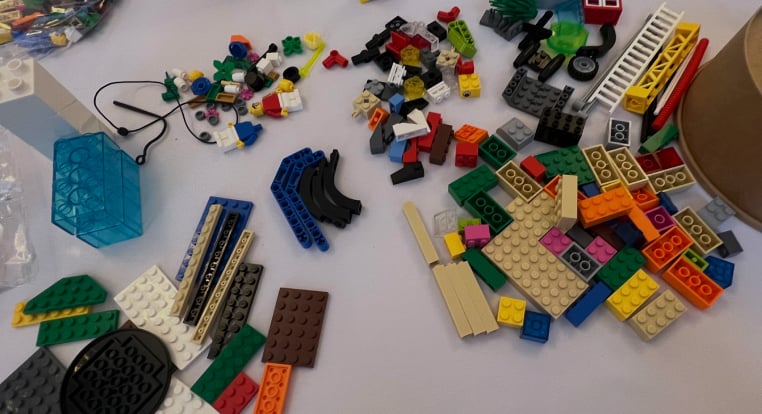
Effective communication in design
Research phase
The research phase usually is full of different ideas, data, and hypotheses. Each digital project is built on user research to understand how the project's goals go together with actual users' habits, beliefs, and needs. Findings in such research are usually not too visually representable. A bunch of different numbers from data analysis or many paragraphs of written notes from user interviews - all of this is understandable only to the person conducting the research and it's quite hard to describe it all to stakeholders.
For it all to be at least a little bit useful, it's necessary to summarize it in some sort of visual example. Doesn't matter if they're infographics, pie charts, or even structure models like wireframes - anything that can help describe for example why this particular bounce rate number is bad and how that affects the overall user journey in a product funnel of making a purchase.
A few simple methods that can help achieve better visual communication:
Shapes
Universal geometrical shapes like squares can tell so much. It's possible to draw them filled or just with a line, with different colors and sizes, and so on. And give each of the shapes some meaning that helps describe your thought. A great example of where to use such elements is visualizations of complex data to show off some user habits in an existing product.
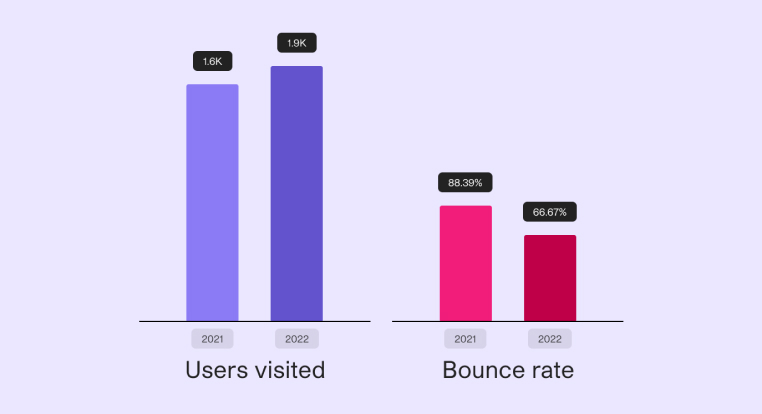
Lines
One straight line perhaps isn't telling that much, but when you connect couple of boxes with this line, you get a completely new meaning. It's possible to explain different user journeys, for example in homepage information architecture.
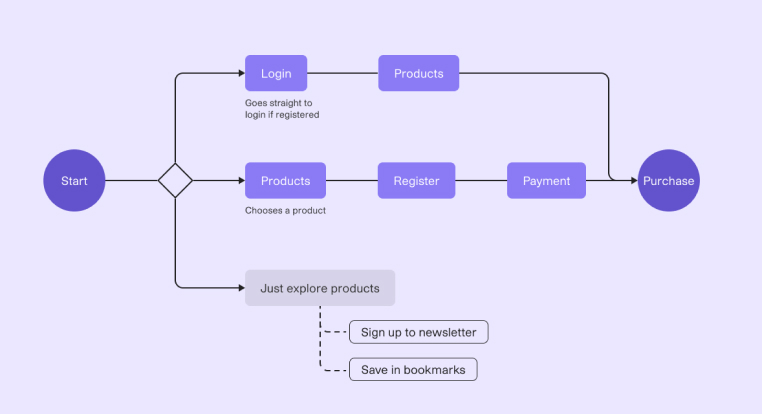
Sticky notes
Colored sticky notes is a well-known tool for every adult. It's a small idea of storage that helps not to forget things. And exactly with this usage, it's possible to note important ideas together with your team or a client in interactive online or on-site workshops.
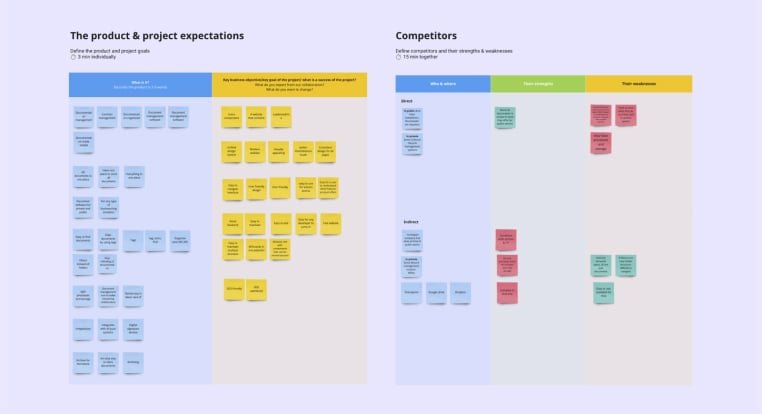
Design phase
While the project's research phase is something where you work a lot with simple shapes, lines, and sticky notes, in the design phase it's much easier to express your idea with real visual examples of the possible product. It's crucial to be on common ground with the client to best represent the company's brand, and beliefs and overall be on the same page regarding brand guidelines.
While the whole process is quite visual, it's important to create some kind of a system to arrive faster to decisions. It's inevitable that everyone will have their own opinions of how everything should look, how this button needs to work, and so on.
To make this whole creative process not go into too many discussions or endless changes, there are a couple of visual communication elements that can help in this process:
Design system
With a design system, it's possible to align on most used styles and components even before the major work on design screens has been started. With these guidelines, everything will be built constantly and there won't be too many questions afterward from the developers if some of the elements appear differently on some design screens.
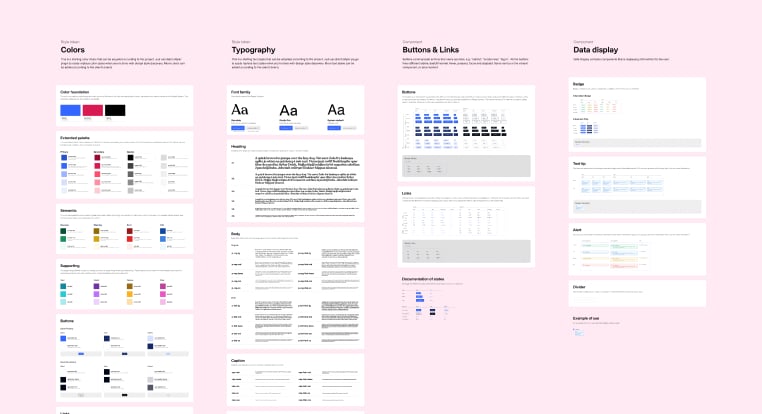
In conclusion
Doesn't matter if it's literal playing with LEGO blocks or writing things in sticky notes, visual communication is one of the most effective ways of how to describe complex ideas in your every day job for people in all industries. There's no need to spend too much time in writing long paragraphs of problem or complex solution descriptions if you can communicate it all much faster with visual examples.
Be playful!

